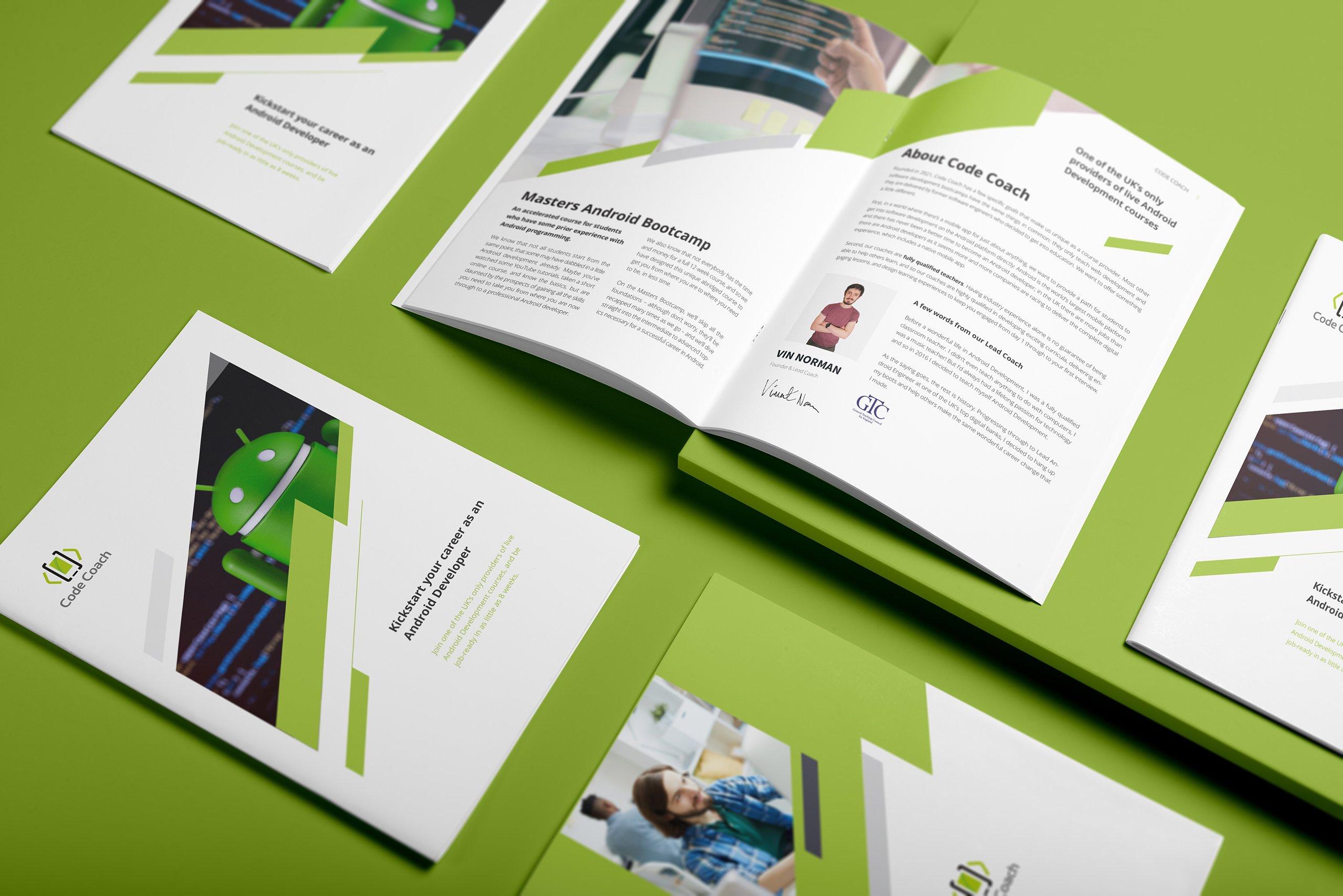Are you a photographer? Are you in search of high-quality photography equipment? Having access to top-notch equipment is crucial for capturing perfect shots. But do you think buying all the necessary equipment is worth the investment? Do you have a lot of capital to invest in expensive equipment?
If you’re in the photography business and don’t have much capital to buy equipment, you can consider leasing photography equipment. This financing tool offers you a cost-effective solution without compromising on quality.
Want to harness the potential of photography equipment leasing? Let’s explore the tips mentioned here and get access to advanced equipment to succeed in the photography landscape.
- 1. Understand Your Needs
The first step is to determine your need for leasing photography equipment. Take your time to assess your needs and requirements.
Consider the equipment type you need for your photography business. You may need high-quality lenses or a sturdy tripod.
Therefore, first, determine your needs and make an informed decision. Invest only in the necessary equipment, so you get the most value for your money.
- 2. Explore Trusted Leasing Providers
The market is flooded with many leasing providers, but not all providers are the same. Do your research and explore trustworthy providers, better known for their quality and customer service.
Look for providers that offer a wide selection of equipment, competitive pricing, and favorable leasing terms. Read provider reviews and feedback to learn more about their reputation and reliability.
You can also check multiple provider’s testimonials. Choosing a reputable provider means leasing equipment with peace of mind.
A trusted partner assures you that they will provide high-quality equipment and support throughout the entire leasing process.
Familiarize Yourself with Lease Terms
When you sign a lease agreement, read the terms and conditions mentioned carefully. Pay close attention to details like lease terms, insurance coverage, and payment schedule. Also, look for any penalties or fines for damage, late payments, etc.
In case of any doubt, talk to your provider so you get to know about your rights and responsibilities as a lessee.
Plus, look into leasing options like rent-to-own or lease-to-own programs. These programs may provide more flexibility and longer-term benefits, depending on your needs.
4. Handle Equipment with Care and Return It On Time
Make sure you follow the usage terms and conditions mentioned in the lease agreement throughout the lease period. Take care of your leased photography equipment to keep it in good condition.
Follow any maintenance guidelines provided by the provider. Proper care and handling can help prevent damage.
It also prolongs the lifespan of the equipment while ensuring optimal performance for the lease duration. You may need to pay fines or penalties for failing to return equipment on time or in acceptable condition.
5. Check Equipment for any Damages
It is crucial to inspect your equipment when you receive it. A thorough inspection helps you find any damages or wear or tear on the equipment.
Any malfunction in equipment can affect performance. Make sure to document any issues or discrepancies with the provider so you don’t have to deal with any disputes or additional fees later on.
Test your equipment to make sure it’s up to par and meets your expectations. This avoids any potential issues and ensures a hassle-free leasing experience from start to finish. This tip ensures your equipment is in good condition, and you can start your operations.
Bottom Line:
Opting for Leasing photography equipment can be a smart decision for photographers looking to access top-of-the-line equipment without incurring heavy costs. Follow the tips mentioned above and lease photography equipment like a pro. Leasing equipment will maximize your creative potential while staying within budget.






